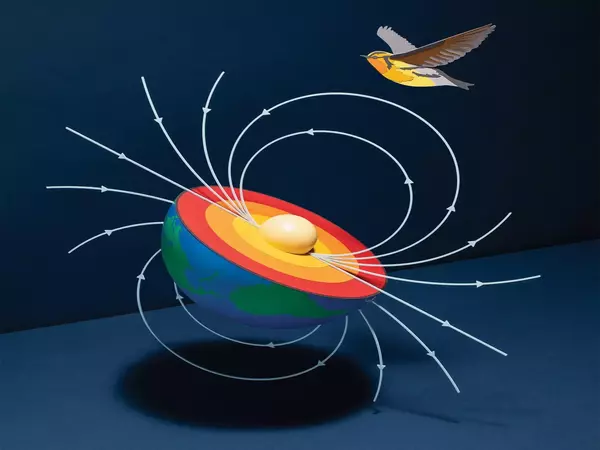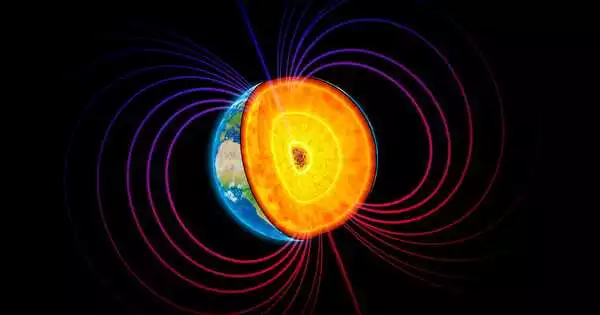Magnetoreception is the ability of animals to detect magnetic fields. It is a fascinating phenomenon that has been observed in a variety of species, including birds, fish, mammals, and insects. While the exact mechanisms underlying magnetoreception are not yet fully understood, there is strong evidence that many animals use the Earth’s magnetic field to navigate, orient themselves, and even detect prey.
The methods used to investigate how the Earth’s magnetic field influences the behavior of a wide range of animal species are summarized by scientists. This review is an excellent starting point for scientists interested in learning more about this fascinating but still poorly understood topic in modern sensory biology.
For over 50 years, scientists have observed that the behaviour of a wide variety of animals can be influenced by the Earth’s magnetic field. Despite decades of research, the precise nature of this’magnetic sense’ remains a mystery. Will Schneider and Richard Holland of Bangor University in Wales, along with Oliver Lindecke of the Institute for Biology in Oldenburg, Germany, have now written a comprehensive overview of this cross-disciplinary field, with a focus on the methodology involved. This work is now published in the journal EPJ Special Topics.
We hope to provide a balanced overview for researchers interested in this exciting area of sensory biology. Understanding animal magnetoreception will help us to protect animals released into unknown environments in the wild.
Will Schneider
This magnetic sense, or ‘magnetoreception’, was first noticed in birds, and particularly in migratory songbirds. It has now been observed in many other species including mammals, fish and insects. However, the exact relationship between the magnetic field and the behaviour is difficult to pin down because it can be masked by other environmental factors. Experiments must be very carefully designed if their results are to be statistically sound.
One way to study the effects of magnetism on animal behavior is to observe how animals behave in the presence or absence of a magnetic field. For example, researchers have observed that some birds become disoriented when exposed to magnetic fields that have been artificially manipulated or distorted. Similarly, some fish are able to detect changes in the magnetic field and use this information to navigate in their environment.

“We hope to provide a balanced overview for researchers interested in this exciting area of sensory biology,” Schneider says. He and his co-authors described a variety of methods for determining whether a magnetic field affects an animal’s behavior.
These include using GPS to track animals’ alignment with the Earth’s field while they are doing normal things like grazing; observing behavior after tissues thought to be responsible for magnetoreception have been removed or genes have been knocked out; and attaching small magnets to or near the animals’ bodies to disrupt the mechanism. More research by animal physiologists, neuroscientists, geneticists, and others will be required to fully comprehend this phenomenon.
And this research is not only of academic interest. “Understanding animal magnetoreception will help us to protect animals released into unknown environments in the wild,” adds Lindecke.
Overall, the study of magnetoreception in animals is a fascinating area of research that is still not fully understood. However, as scientists continue to investigate this phenomenon, they may gain new insights into the way that animals perceive and interact with their environment.
















